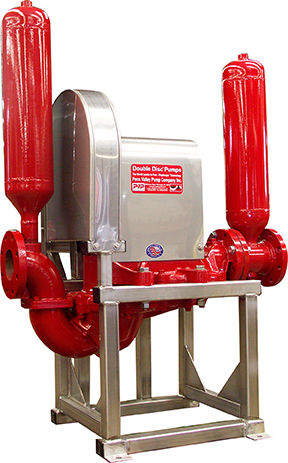Introduction to Pumps
- Jarret Choy
- Dec 29, 2022
- 1 min read
Updated: Jun 21, 2024
A pump is a device that moves fluids, such as liquids or gases, from one place to another. There are many different types of pumps, each designed for a specific purpose and to handle different types of fluids.
Some common types of pumps include:
Centrifugal pumps: These pumps use a rotating impeller to generate flow and pressure. They are typically used to move large volumes of fluid at relatively low pressure.

Positive displacement pumps: These pumps move fluid by mechanically trapping a fixed volume and then displacing it to the discharge point. They can handle higher pressures and are often used for higher viscosity fluids or for precise flow control. Examples include gear pumps, piston pumps, and vane pumps.

Diaphragm pumps: These pumps use a flexible diaphragm to move fluid. They are often used for corrosive or abrasive fluids, or for applications where the fluid being pumped is hazardous or toxic.
Peristaltic pumps: These pumps use a flexible tube that is pinched and released to move fluid through the pump. They are often used in medical and laboratory applications because they can handle delicate or sensitive fluids without damaging them.
Pumps are used in a wide range of applications, including water and sewage treatment, agriculture, manufacturing, and construction. They are also used in many household appliances, such as washing machines and dishwashers.



Comments